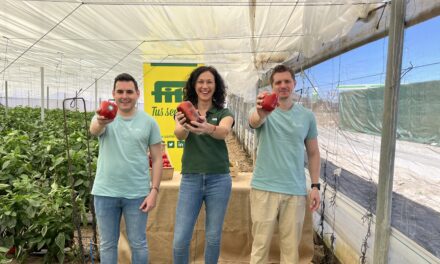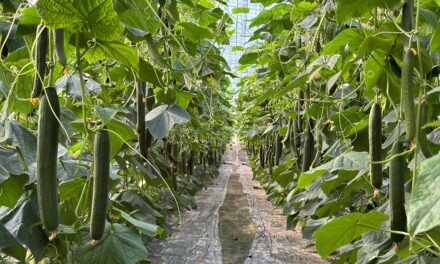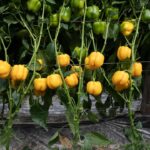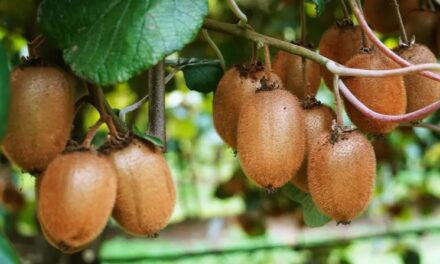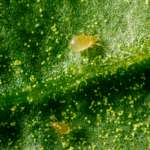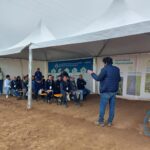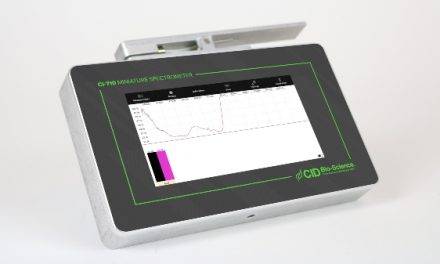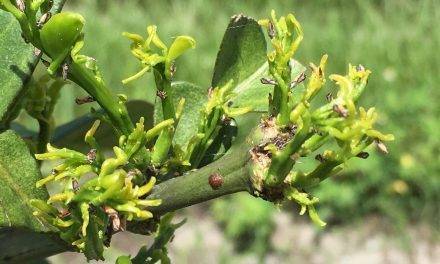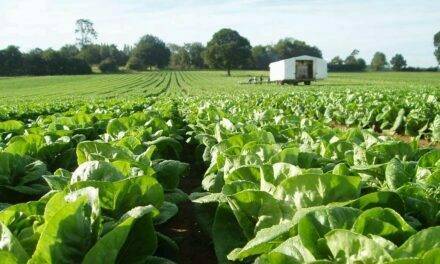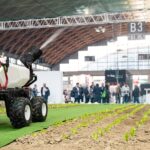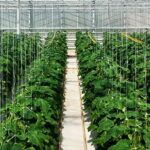
Portable Technology Sniffs Out Plant Disease in the Field
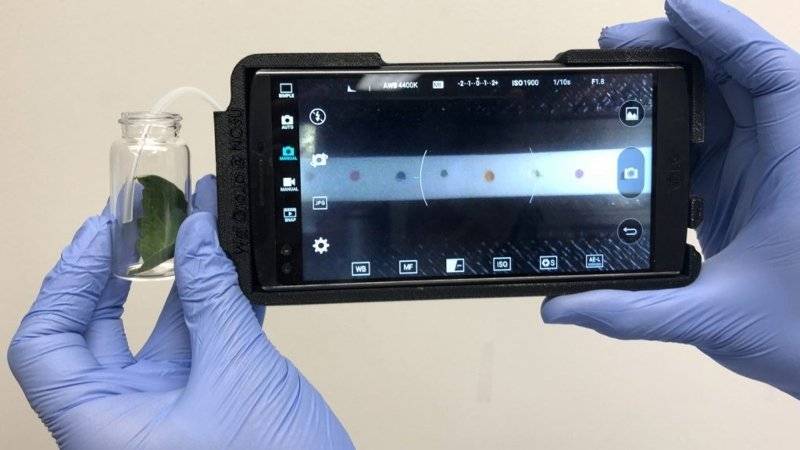
Researchers at North Carolina State University have developed portable technology that allows farmers to identify plant diseases in the field.
The handheld device, which is plugged into a smartphone, works by sampling the airborne volatile organic compounds (VOCs) that plants release through their leaves.
“All plants release VOCs as they ‘breathe,’ but the type and concentration of those VOCs changes when a plant is diseased,” says Qingshan Wei, an assistant professor of chemical and biomolecular engineering and corresponding author of a paper on the work.
“Each disease has its own signature profile of VOCs. So, by measuring the type and concentration of VOCs being released by the plant, you can determine whether a plant is diseased and – if it is diseased – which disease it has.
Our contribution here is the creation of a device that can be plugged into a smartphone and used to make those VOC measurements quickly in the field,” says Wei, who is also a faculty member in NC State’s Emerging Plant Disease and Global Food Security cluster.
Current disease identification techniques rely on molecular assays, which take hours to perform and – most importantly – have to be done in a lab.
Getting a sample to the lab, where the sample may have to wait to be tested, can delay disease identification by days or weeks.
“Our technology will help farmers identify diseases more quickly, so they can limit the spread of the disease and related crop damage,” says Jean Ristaino, William Neal Reynolds Distinguished Professor of Plant Pathology at NC State, co-author of the paper and director of the cluster. “We are now ready to scale up the technology.”
Here’s how the technology works.
If a farmer suspects that a plant may be diseased, he or she can take a leaf from the relevant plant and place it in a test tube.
The test tube is then capped for at least 15 minutes to allow the relevant VOCs to accumulate.
After this incubation period, the cap is removed and the farmer uses a narrow, plastic tube to pump the VOC-laden air into a “reader” device connected to a smartphone.
The air is pumped into a chamber in the reader that contains a paper strip.
The paper is embedded with an array of chemical reagents that change color when they come into contact with a specific chemical group.
By evaluating the resulting color pattern on the strip, users can determine the nature of any plant disease that may be affecting the plant. In proof-of-concept testing, the researchers demonstrated the device’s ability to detect and classify 10 plant VOCs down to the parts-per-million level.
They were able to detect the late blight pathogen that caused the Irish famine two days after tomato plants were inoculated with the pathogen.
Researchers could also distinguish tomato late blight from two other important fungal pathogens that produce similar symptoms on tomato leaves.
In addition, the researchers showed they could detect the pathogen Phytophthora infestans in tomato leaves with greater than 95% accuracy.
The paper, “Noninvasive Plant Disease Diagnostics Enabled by Smartphone-Based Fingerprinting of Leaf Volatiles,” is published in the journal Nature Plants.
Photo credit: Zheng Li, NC State University
Portable Technology Sniffs Out Plant Disease in the Field by Matt Shipman, Nc State University News, International Society for Plant Pathology, Issue 49 (9) September 2019 (PDF)

